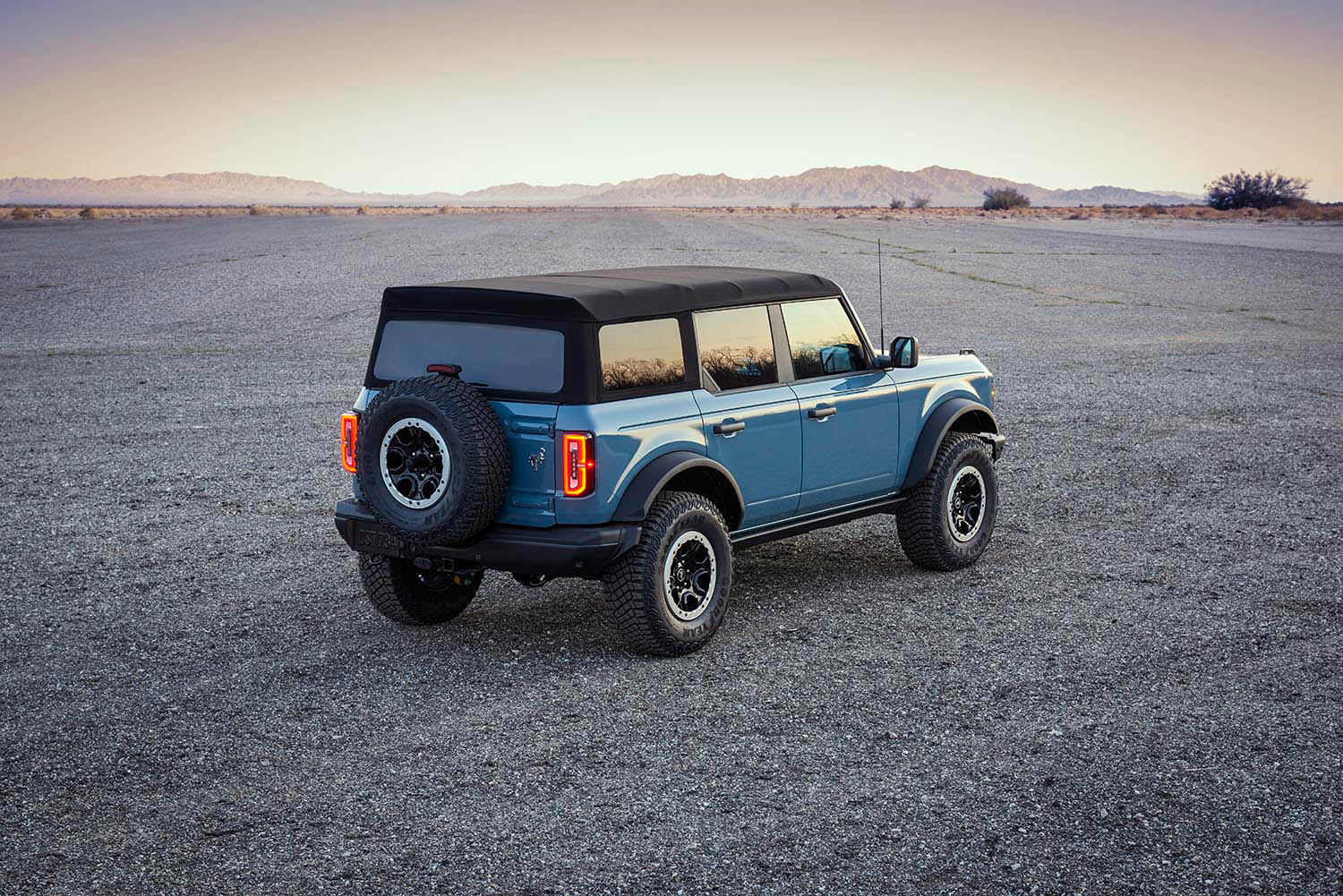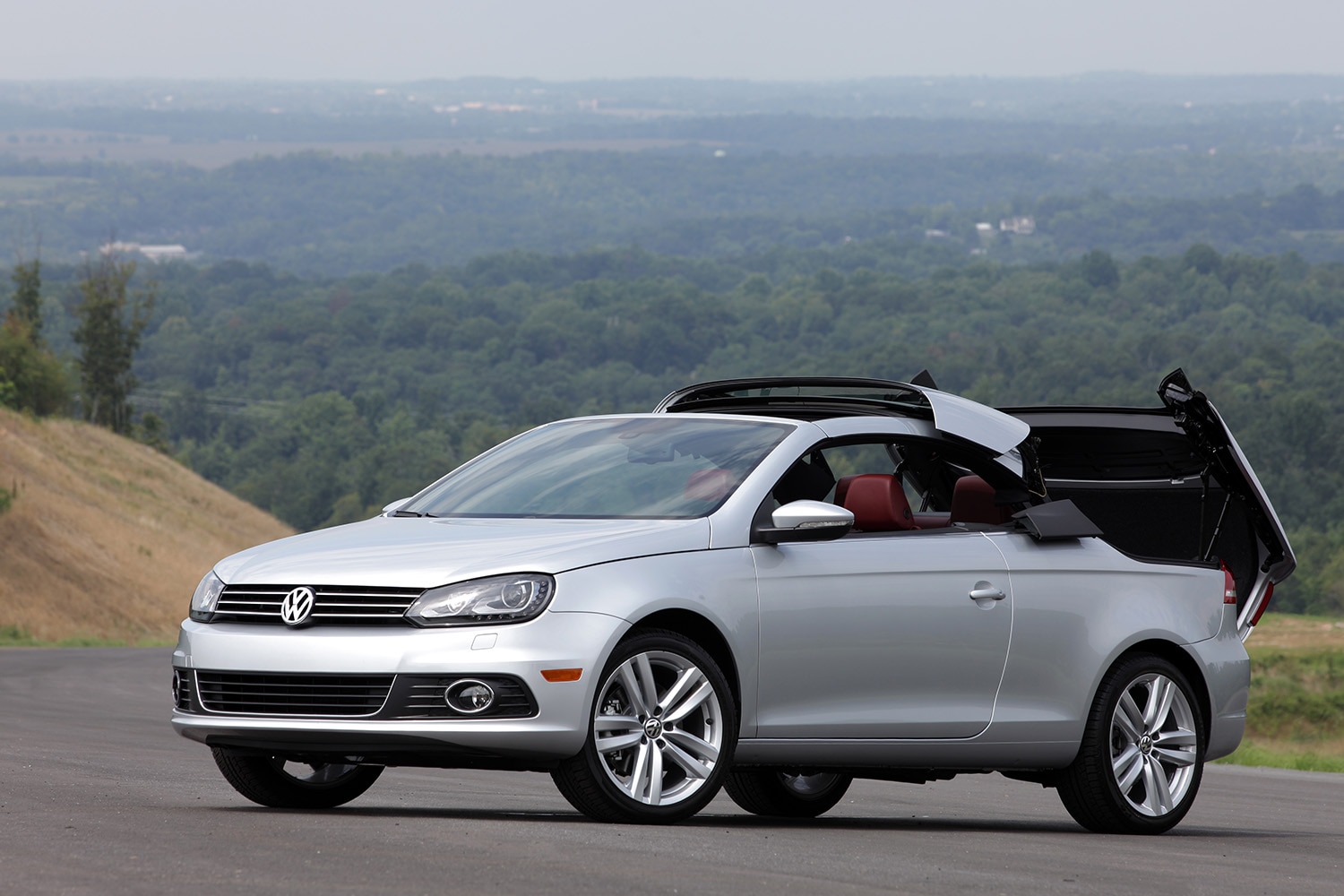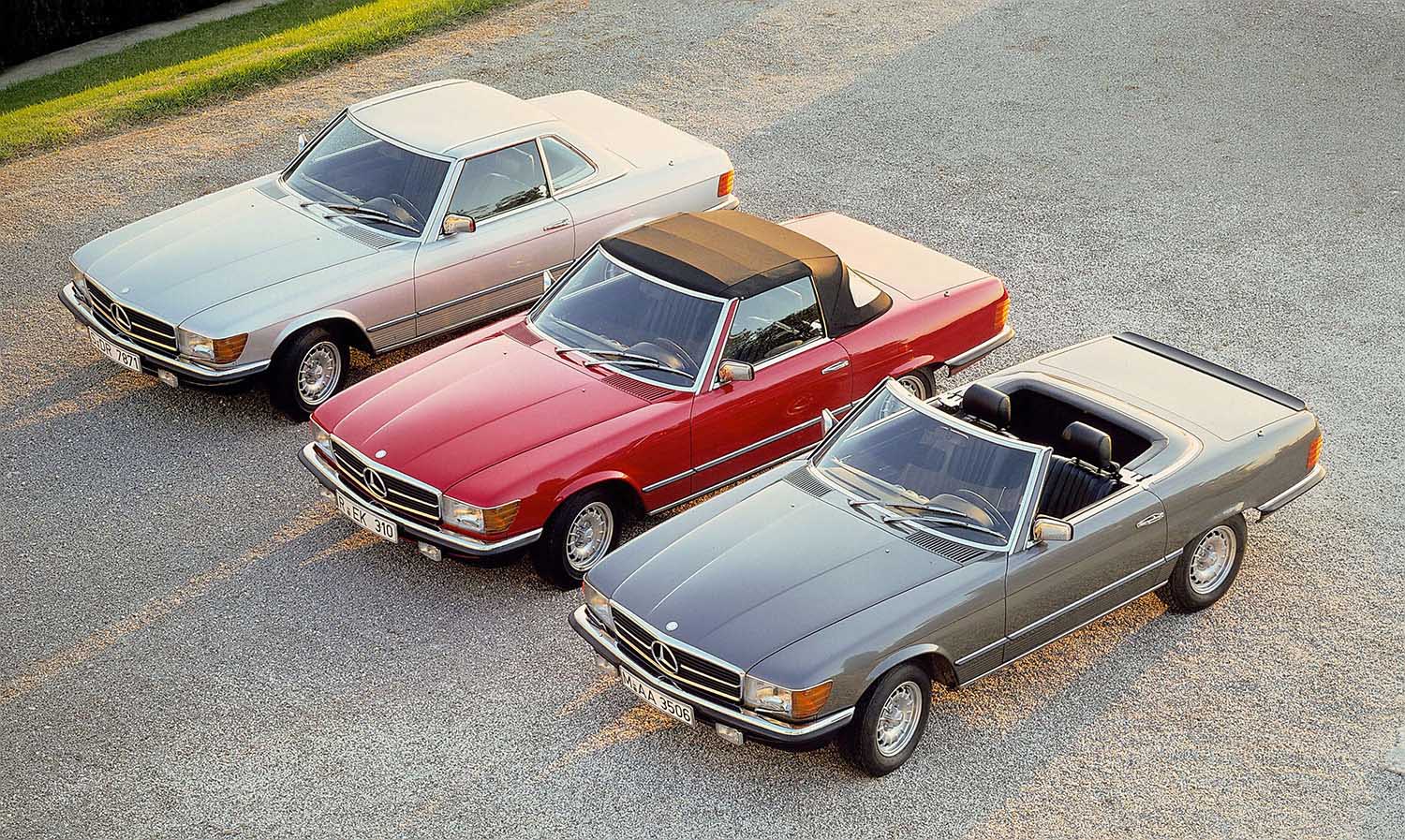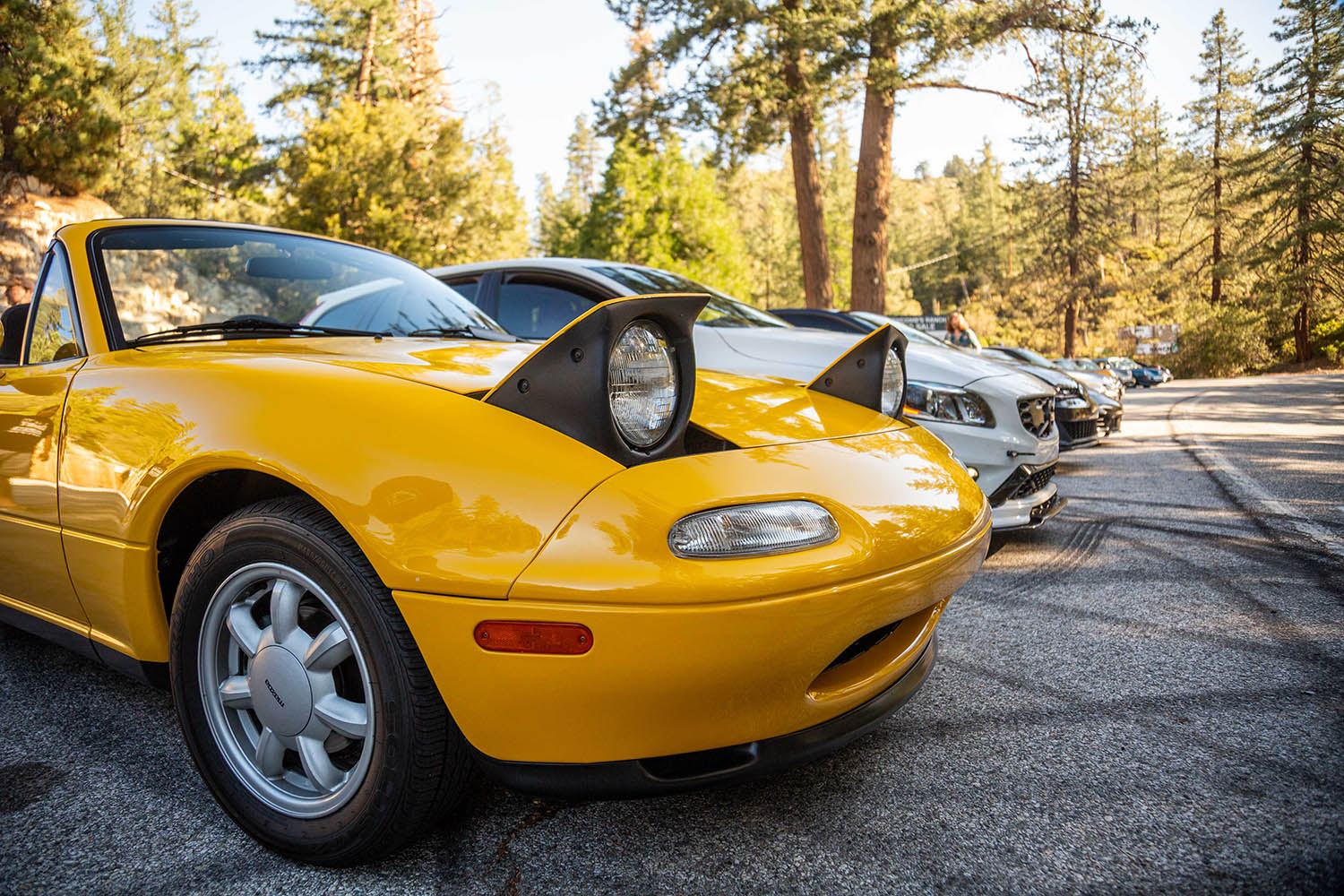What You Should Know Before Buying a Used Convertible
Open-air cars deserve some extra attention before you make a purchase.
 Manuel Carrillo III | Capital One
Manuel Carrillo III | Capital One
If you are shopping for a used convertible, you might want to take extra steps during the pre-purchase inspection process over and above how you'd examine a closed-roof car. Convertible tops can be complex and expensive to repair, and due diligence before buying is encouraged to help ensure that you don't drive home in a vehicle that will cause you headaches down the road.
Here's what to consider when looking at softtop and hardtop convertibles to help you get the most out of your ownership experience.
 Ford
Ford
What Is a Softtop Convertible?
The vast majority of used convertibles are of the softtop variety. Generally, this means they feature a fabric top that folds back out of the way when opened. Some specialty models feature snap-on tops that must be stored in the trunk or garage when not in use.
Soft convertible tops come in a variety of materials, ranging from polyester to canvas to vinyl. Depending on the age of the vehicle, the top may feature a plastic rear window. However, most modern convertibles incorporate a glass panel, allowing for the option of a rear window defroster.
 Ford
Ford
A handful of soft roofs are multistage. The tops of off-road-oriented SUVs such as the Jeep Wrangler or Ford Bronco can open partially like a large sunroof, but most others are an open-or-shut proposition.
Softtop convertibles can be operated using either a power mechanism or manually. Sometimes, it's a combination of both, where you must unclip the roof from the top of the windshield before letting the motors take over.
 Volkswagen
Volkswagen
What Is a Hardtop Convertible?
Hardtop convertibles come in two distinct versions. The first is a power-retractable hardtop, which functions like a powered soft top in that it folds a steel or fiberglass roof into the area behind the passenger compartment at the touch of a button. In rare cases — such as with the Volkswagen Eos — this type of retractable top can also include a moonroof.
Hardtops can also require you to lift the top off and store it while you enjoy your open-air driving. Many classic SUVs such as the Chevrolet Blazer and the Ford Bronco featured this type of roof design, which can be heavy and difficult to remove and reinstall even with assistance.
Modern vehicles — for instance, the current Jeep Wrangler — offer a more lightweight version of this hardtop type. Some sports cars, like the 1967 to 1994 Porsche 911 Targa, feature a small removable roof panel that can be stored during a road trip. As with the current Mazda Miata RF, these removable panels are sometimes automated.
 Mercedes-Benz
Mercedes-Benz
Can a Convertible Have Both Soft and Hard Tops?
Some softtop convertibles offer the option of a lift-off hard top as an accessory. You can find this popular addition on classic cars such as the Mazda Miata or direct from the factory on new models like the Jeep Gladiatorpickup. Some vehicles, like the
 Manuel Carrillo III
Manuel Carrillo III
What to Look For Before Test-Driving a Convertible
It's important to visually inspect a convertible top before taking a test drive. For softtops, look for tears or excessive wear, particularly along the seams, the door glass, and the rear glass. Make sure that the top's color hasn't faded. On a hardtop, look for cracks in the fiberglass and corrosion on metal panels or locking hardware.
Next, regardless of which type of convertible roof you inspect, you'll want to check the interior for any signs of moisture, which could indicate that the top isn't entirely waterproof. Mildew odors and water stains on seats and door panels are the primary warnings that urge attention. Check the carpets and the doorsill panels, as clogged drains can lead to water infiltration in these areas. Sun damage is also a consideration, as thousands of miles of open-top driving can crack unprotected leather and dash panels, and also cause upholstery to fade.
During inspection, operate the top in each mode to ensure it opens and closes smoothly. Stop the roof halfway to inspect the wiring and other components for wear. If there's a moonroof, check to see if it's operational. For lift-off hard tops, check that all latches open and close smoothly and that there's no corrosion. All the while, listen for rattles and squeaks that could indicate wear on the top mechanism.
It's also worth asking the current owner if the top is original or has been replaced. If the latter, ask if it was a factory replacement or sourced from the aftermarket.
 Mercedes-Benz
Mercedes-Benz
During the Convertible Test Drive
Most convertibles are louder than closed vehicles, even with the roof up. However, excessive road noise while driving could indicate the insulation in the roof (both hard and soft) is no longer doing its job. You'll also want to listen for rattles indicating loose components in the top mechanism or loose latches for hardtop designs. Also, experience how the roof performs at highway speeds.
Taking a convertible to a car wash is also a great way to discover firsthand how weatherproof its top is. High-pressure water jets will quickly find worn or ill-fitting seals or unseen tears or cracks in a roof.
 Mercedes-Benz
Mercedes-Benz
Hidden Convertible Costs to Consider
Owning a convertible can be a lot of fun, but introducing a top that opens and closes can add extra insurance costs to the experience. You may also need to budget for repairs to a retractable soft top's or hard top's mechanicals or deal with unexpected damage to a soft top due to weather or vandalism that you wouldn't have to worry about with a traditional closed vehicle.
Written by humans.
Edited by humans.
 Benjamin Hunting
Benjamin HuntingBenjamin Hunting is a writer and podcast host who contributes to a number of newspapers, automotive magazines, and online publications. More than a decade into his career, he enjoys keeping the shiny side up during track days and always has one too many classic vehicle projects partially disassembled in his garage at any given time. Remember, if it's not leaking, it's probably empty.
Related articles
View more related articles